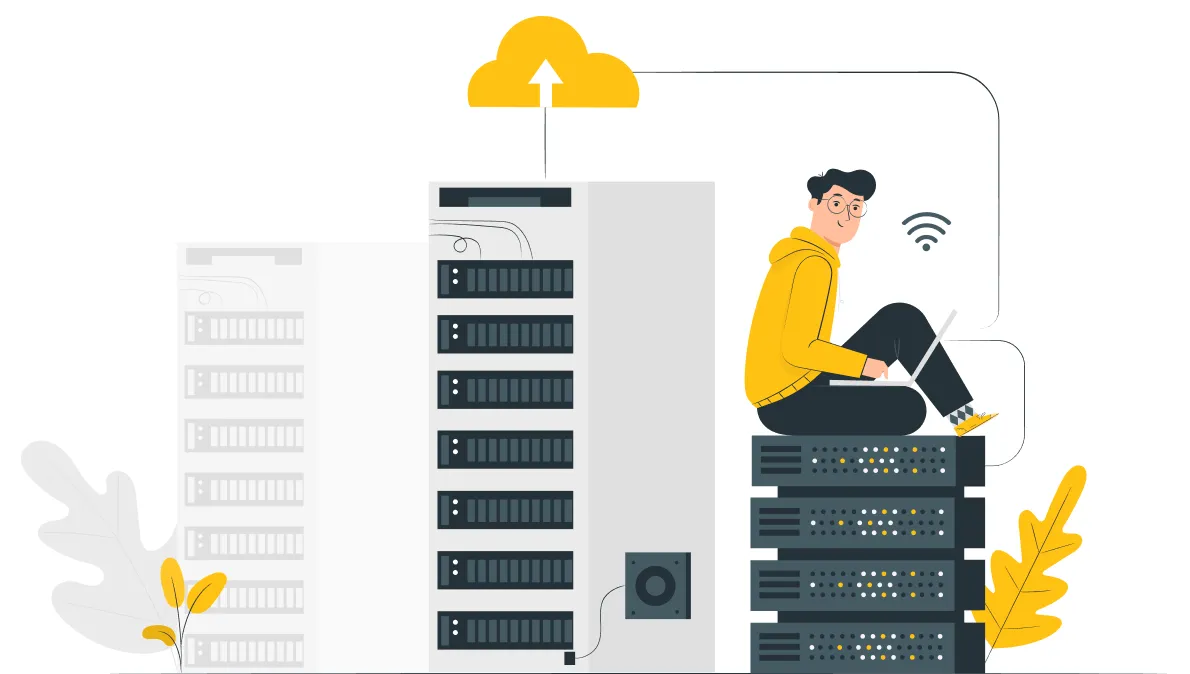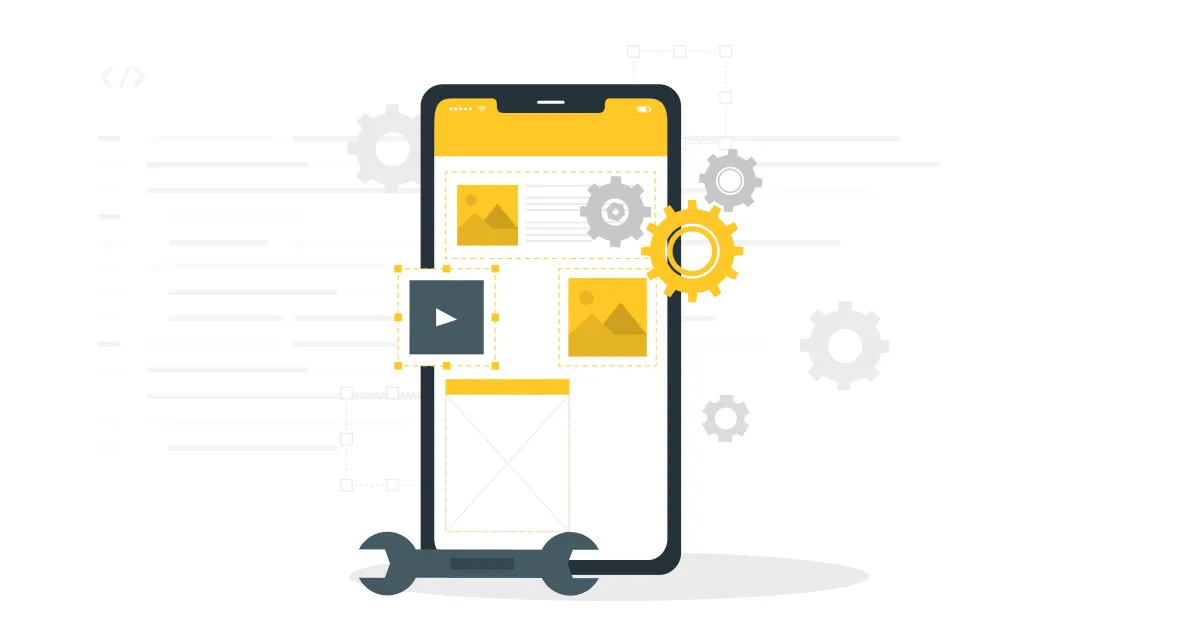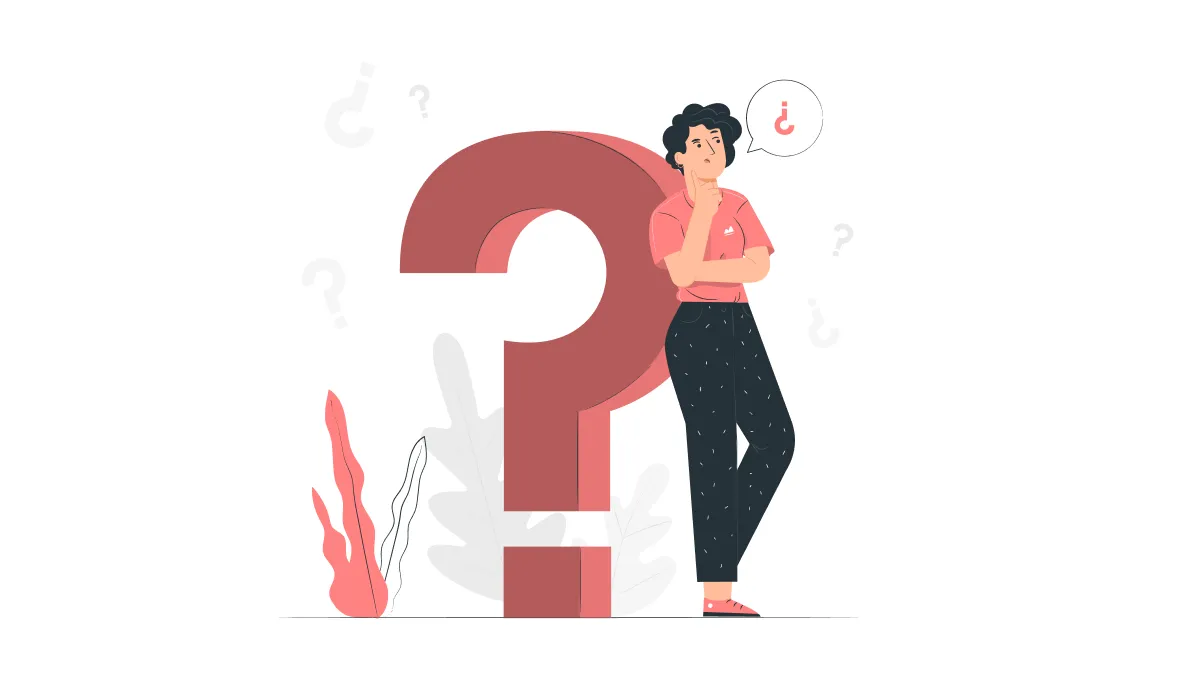What Is a Web Application — And Why Your Business Needs One
Over the past five years, the number of companies using web applications has grown by more than 65%. More and more businesses are turning to this format to automate processes, improve customer interaction, and reduce costs. But why are web applications becoming such a popular solution? Let’s break it down clearly and simply.
Web applications are fully functional programs that run directly in a browser — no installation required. They allow users to perform complex tasks like data processing, transactions, and online payments — on any device, anytime. These solutions are scalable, efficient, and suitable for both startups and large enterprises.
In this article, we’ll explain how web apps work, how they differ from traditional websites, what problems they solve, and why they're increasingly chosen as the backbone of digital products.
How Is a Web App Different From a Website?
At first glance, a web app might look like a regular website — same browser, same pages, similar navigation. But there’s a key difference: websites are usually informative, like digital brochures or catalogs. They provide content but don’t deeply interact with users.
Web applications, on the other hand, respond to user actions in real time. They store data, process calculations, manage transactions, and tailor content to the individual — all without reloading the page. For example, a bank website might describe mortgage options, while a web app allows you to log in, repay loans, apply for new accounts, and receive instant approval.
This makes web applications essential for customer-centric services like online banking, collaborative editors, and marketplaces.
📌 In short:
A website shows. A web app interacts. It responds, processes, and adapts — making it a key tool for any digital service.
Types of Web Applications
Web apps come in different forms depending on their use case:
- Single Page Applications (SPA) — Load everything on one page; clicking elements updates content without refreshing. Examples: Gmail, Trello. They feel more like native desktop apps.
- Multi-Page Applications (MPA) — Each page is loaded separately, similar to a classic website. Common for e-commerce sites, news portals, and directories.
- Progressive Web Apps (PWA) — Combine the convenience of a website with mobile app features. They can work offline, send push notifications, and be added to a phone’s home screen. Ideal for high-engagement services.
- Web Portals — Offer multiple modules in one place: user profiles, news, forums, knowledge bases, etc. Used in corporate platforms, government services, and educational systems.
- Business Systems (CRM, ERP) — Specialized B2B tools for managing customers, finances, workflows, and analytics.
Each type has its niche — from simple user interfaces to complex ecosystems with powerful logic and third-party integrations.
📌 In short:
From SPAs to enterprise CRMs — different web app formats serve different business needs. The right choice depends on your goals, budget, and technical requirements.
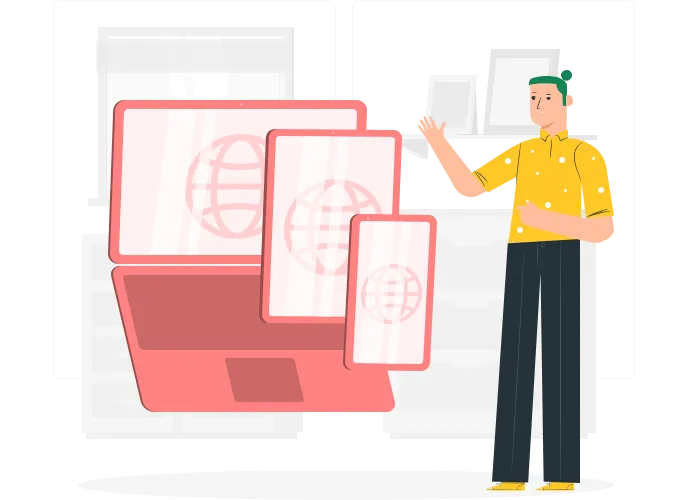
Key Advantages of Web Applications
Why are businesses worldwide increasingly investing in web applications?
- *Instant access *— Open a link, and you’re in. No installs, no updates.
- *Cross-platform *— Works equally well in Chrome on a laptop, Safari on an iPad, or a mobile Android browser.
- Cost-effective — A single codebase across platforms means lower development and maintenance costs.
- Easy updates — Updates are deployed on the server and instantly available to all users — no need to download anything.
- Scalability — Web apps grow with your business. Add new features or scale from 10 to 10,000 users without a complete overhaul.
- *Fast MVP launch *— Perfect for testing ideas and launching a Minimum Viable Product quickly with room for iteration.
These benefits make web apps a universal solution — equally suitable for small teams and global enterprises.
📌 In short:
Web apps are easy to launch, use, and scale. They’re device-agnostic, fast to update, and ideal for quickly going to market.
Examples of Web Applications
Web apps are already part of our everyday digital experience. Here are just a few familiar examples:
- Google Docs — Real-time document editing and collaboration without software installation
- Trello — Visual task and project management, perfect for distributed teams
- Canva — Browser-based graphic design for banners, social posts, and presentations
- Notion — All-in-one workspace for notes, wikis, task management, and team collaboration
- Online banking platforms — Full financial management online, from payments to loans
- CRM systems (like Bitrix24, HubSpot) — Automate sales, customer relations, and communications
These examples prove that modern web apps are powerful, user-friendly, and require no installation — just open a browser.
📌 In short:
From office tools to financial platforms, web apps provide full-featured functionality through the browser — accessible from anywhere, at any time.
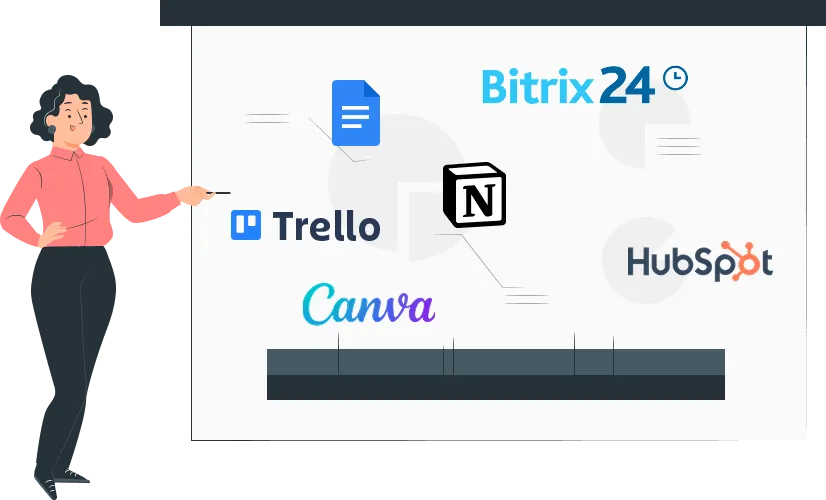
Conclusion
A web application is more than just a website alternative — it’s a powerful digital tool for solving business problems, streamlining processes, and improving user experience. Thanks to their accessibility, flexibility, and scalability, web apps are the smart foundation for startups, enterprise platforms, and customer-facing services alike.
If you're planning to launch a new product or improve your existing service, a web application is a logical and strategic move. The Fruktorum team is ready to be your tech partner — helping you turn your vision into a reliable, scalable, and user-friendly digital solution tailored to your goals and business logic.
📬 Ready to talk about your project? Let’s build a web application you’ll be proud of.


